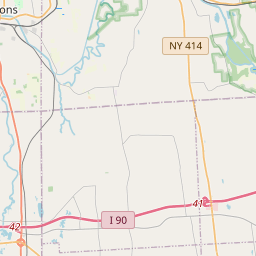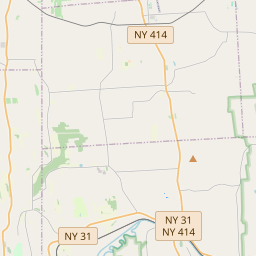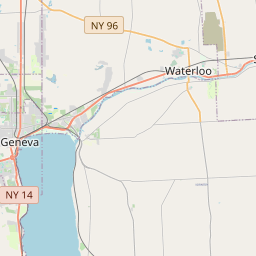New York State Department of Environmental Conservation Avian Influenza Information
"The U.S. Centers for Disease Control and Prevention states that recent Highly Pathogenic Avian Influenza (HPAI) detections in birds pose a low risk to the public. While there is likely little risk for the public, people with close or prolonged unprotected contact with infected birds or virus-contaminated environments are at greater risk of infection.
HPAI is caused by an influenza type A virus that is carried by free-flying waterfowl and other waterbirds such as ducks, geese, and shorebirds, but can also infect domestic poultry (chickens, turkeys, pheasants, quail, domestic ducks, geese, and guinea fowl), raptors, corvids (crows and ravens), and mammals. Recently, there have been a number of cases in dairy cattle in several states. Some infected wild birds can carry these viruses without getting sick, but domestic poultry and many species of wild birds get sick and often die from these viruses. Songbirds and other passerine birds do not appear to be highly susceptible to infection."
For more information from the NYS DEC, go to DEC Launches New Web-Based Form to Report Suspected Cases of Highly Pathogenic Avian Influenza in Wild Birds - NYSDEC
Cornell University's College of Veterinarian Science also states, "It is important to understand how we can reduce our risk of exposure, to protect our own health as well as that of our pets and livestock. Reducing our exposure will also help slow the virus from evolving into something that is more easily transmissible to and between people." You can find more information from Cornell here: Highly Pathogenic Avian Influenza (Bird Flu) Resource Center | Cornell University College of Veterinary Medicine





















